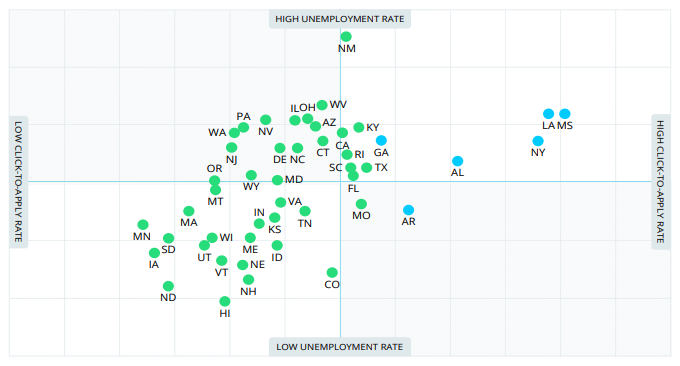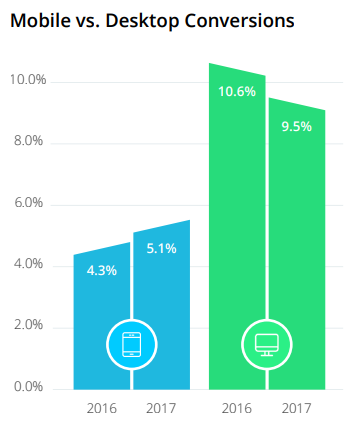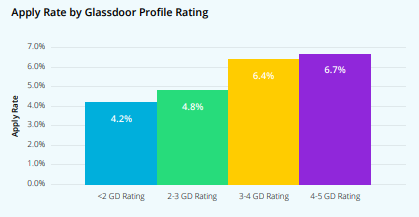When I look at the available data surrounding talent scarcity in today’s labor market, one thing sticks out to me the most: some of the hardest talent in the US to acquire are long-haul truck drivers and nurses, two roles that are essential to the country’s productivity. But, when you juxtapose that with the Bureau of Labor Statistics data, there is something striking: the unemployment rate for truck drivers sits at 3.7%, and the unemployment rate for nurses is 2.1% with the US overall unemployment rate resting at 3.6%, as of April 2019.
Sure, there aren’t enough job seekers to fill the open jobs (so, right away we can say that talent scarcity is NOT a myth) – but, candidates are still out there.
So why aren’t you able to reach them?
I went back to the drawing board to look at the 6 pillars that make up a hiring organization’s ability to attract candidates:
1. The Market. There is a talent shortage – that’s the reality of the U.S. hiring market. Regional unemployment and local competition both impact your ability to find candidates, as well as candidates’ willingness to engage with you and your employment practices.

2. The Device. Many candidates will engage with your organization more often when on a mobile device than on a desktop (or laptop). Their willingness to complete your application (or even ability to!), however, is significantly less (with an apply rate of 5.1%, compared to 9.5% via desktop) when on a mobile device.

3. The Job Ad. Your words matter. What you write and how you speak to candidates matters. The title needs to be ‘not too long,’ ‘not too short’ and free of jargon, abbreviations and symbols. The description must be comprehensive, but not too long, and honestly and authentically outline the reasons why a candidate should want to work at your organization. Your benefits program is a key part of this.
Check out this blog post for recruitment ad examples that will help you attract quality applicants.
4. The ATS. How an ATS interacts with your candidate can directly impact if they get through a completed application. Logins, multiple-page applications, and assessments can stand between you and getting to know your candidate. Consider a two-part application process – where you can re-engage candidates that have abandoned after they’ve completed part one.
5. Your Reputation. Candidates are informed and they research your organization. They look at your career site, your Glassdoor rating, and they make a decision to apply to your business… not just based on the job.

6. The Price. Competition is stiff, and the stiffer the competition, the more it costs to source those candidates. The price you pay to acquire candidates directly impacts the candidates you will end up reaching. More and more job sites (even those that still run 30-day posting sites) consider your effective price when deciding if your job should be shown to their candidates. If you price too low, you may get few candidates – too high and you may get too many candidates (potentially poor quality ones you didn’t want in the first place).
While there are various other factors you have to consider in regards to your recruitment marketing strategy, the pillars outlined here are a few of the crucial pieces of the puzzle. Keeping yourself up-to-date on the latest market trends, new technologies, and paying attention to your employment branding (among all the other factors outlined) are vital to improving the outcomes of your spend.
And while all this is interesting, there is a pillar I haven’t mentioned: the job sites themselves. The reality here is that if you want to beat your competition you need to do something different – and you need the job sites to act in your interest – you need them to serve your jobs, all your jobs, to the right candidates – not just a few of your jobs to the same candidates. With proper alignment, you have a chance to move ahead of your competitors who are still doing the same thing and expecting a different result.
Programmatic software takes you from fighting a war alone to giving you the keys to beat your competitors to those candidates in the market that are open, available, and ready to work – even for your hardest-to-fill jobs.
*Data presented in this blog post is from Appcast’s 2018 benchmark report research, based on recruitment media data from over 400 companies marketing their job ads on a pay-for-performance basis.


